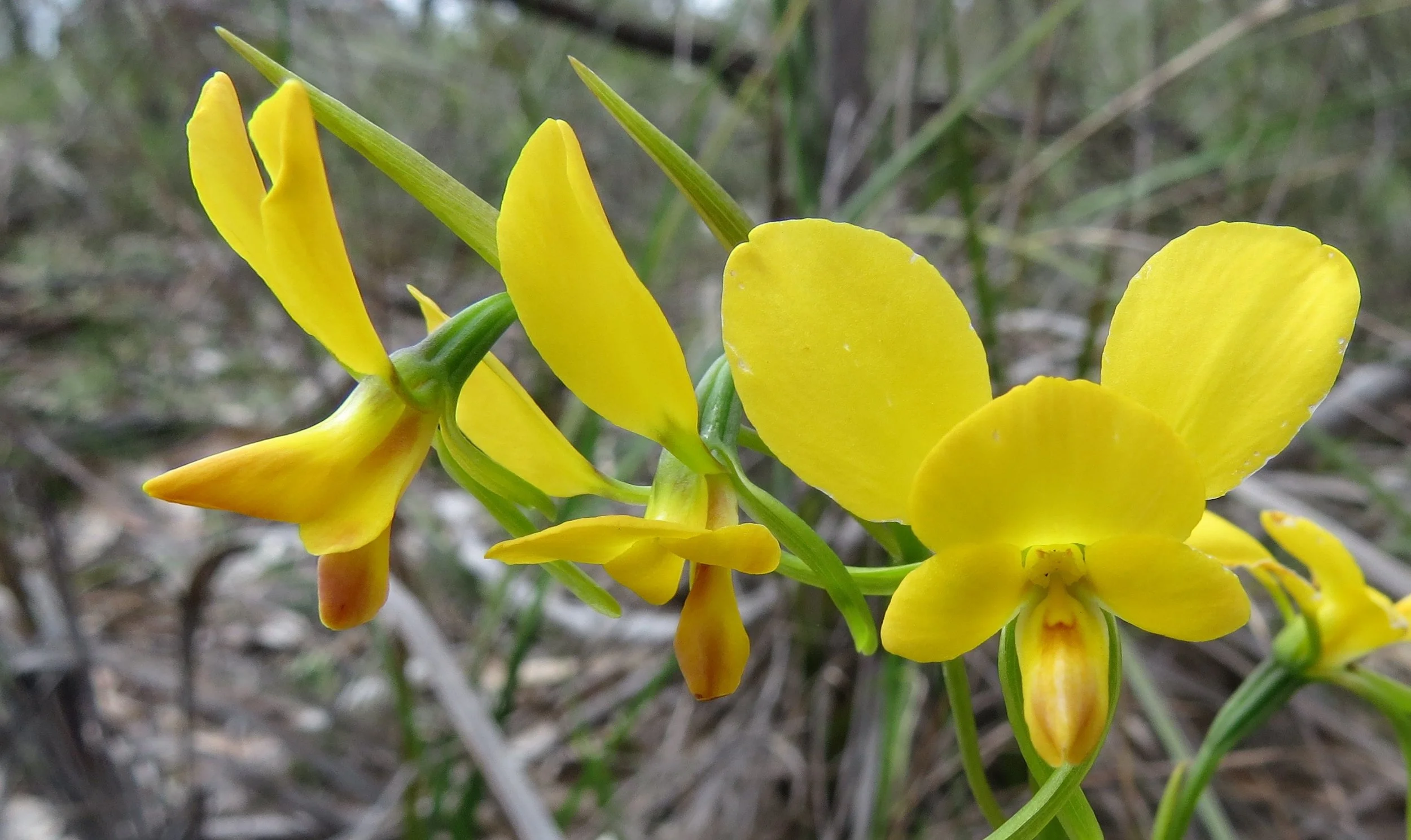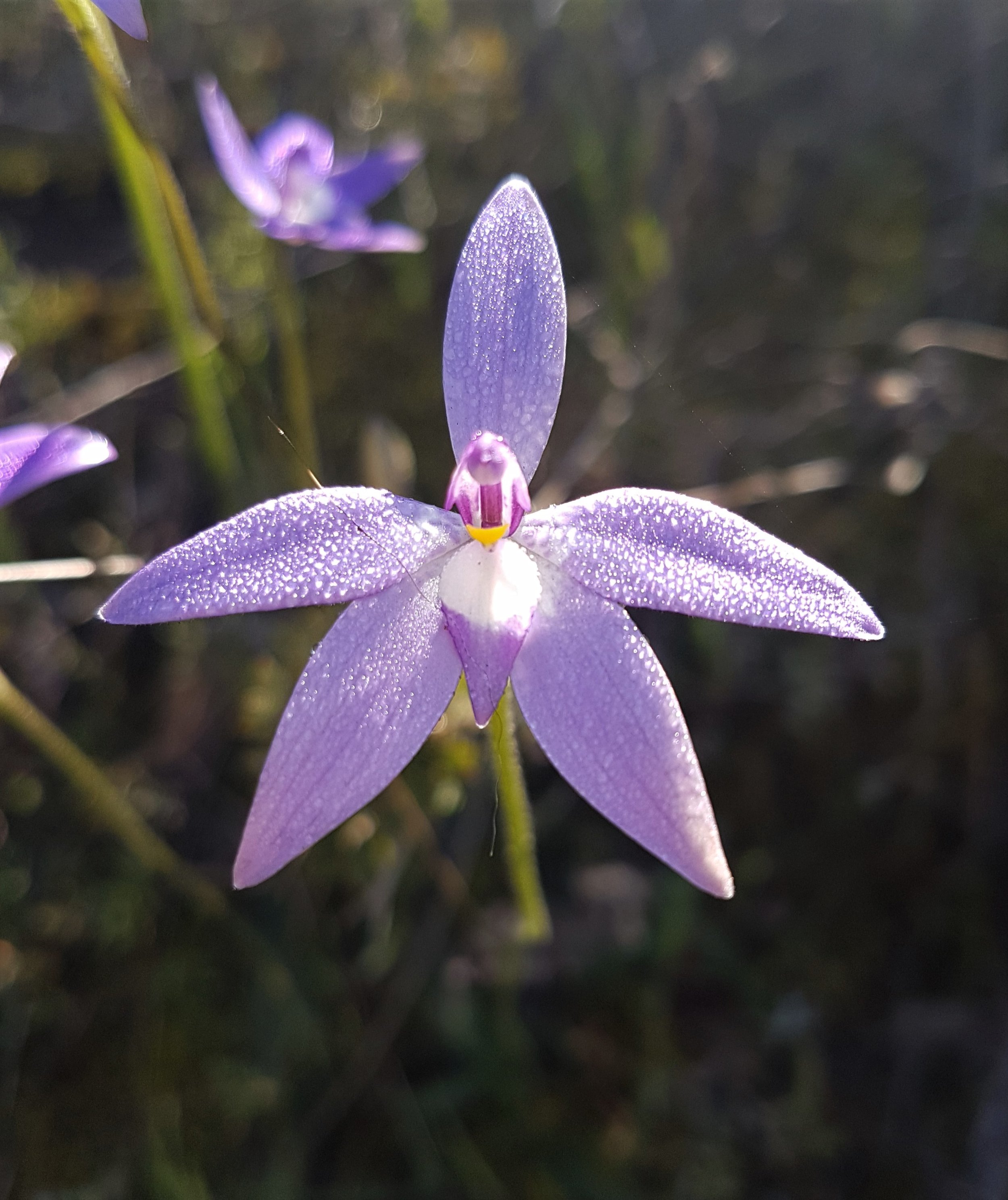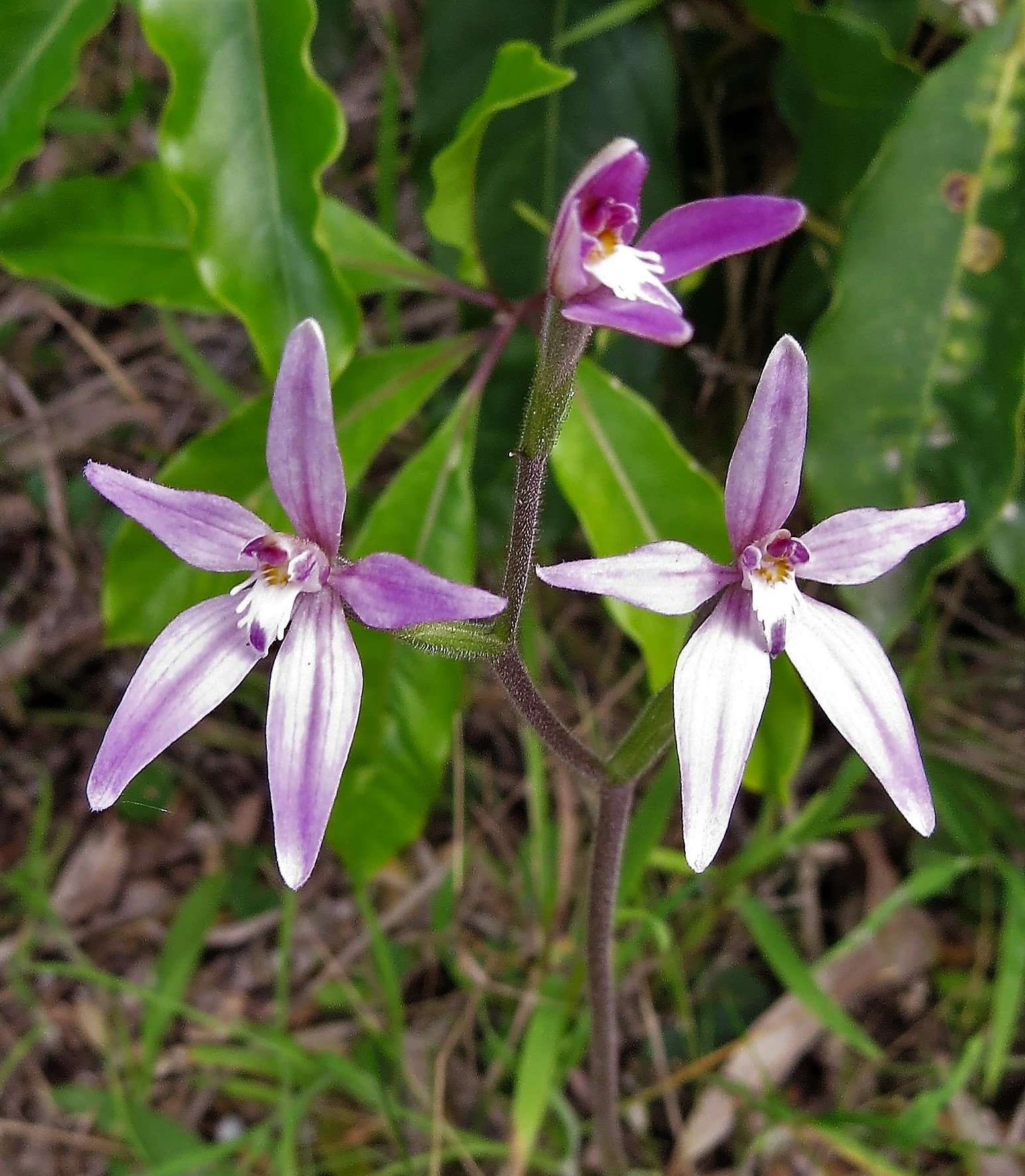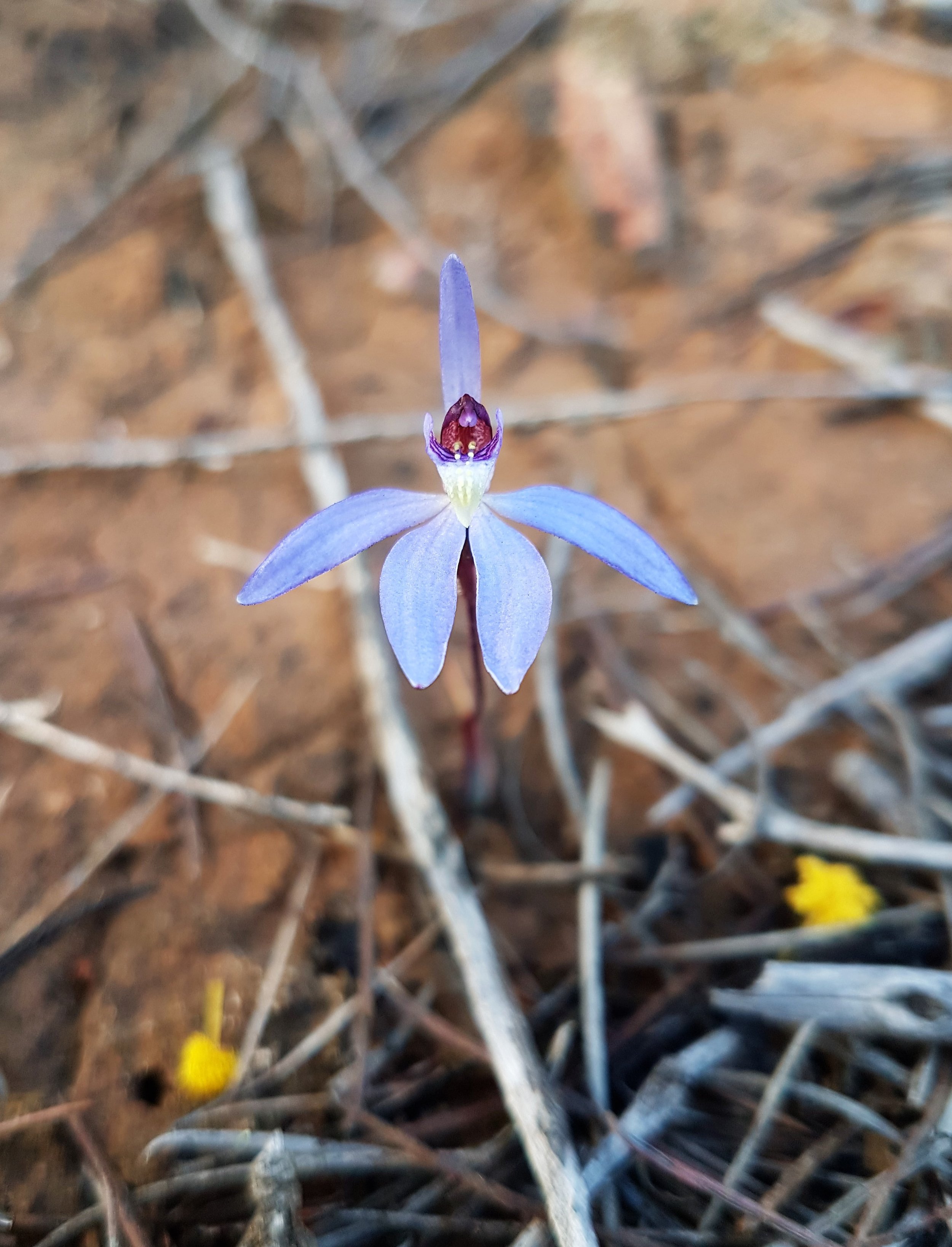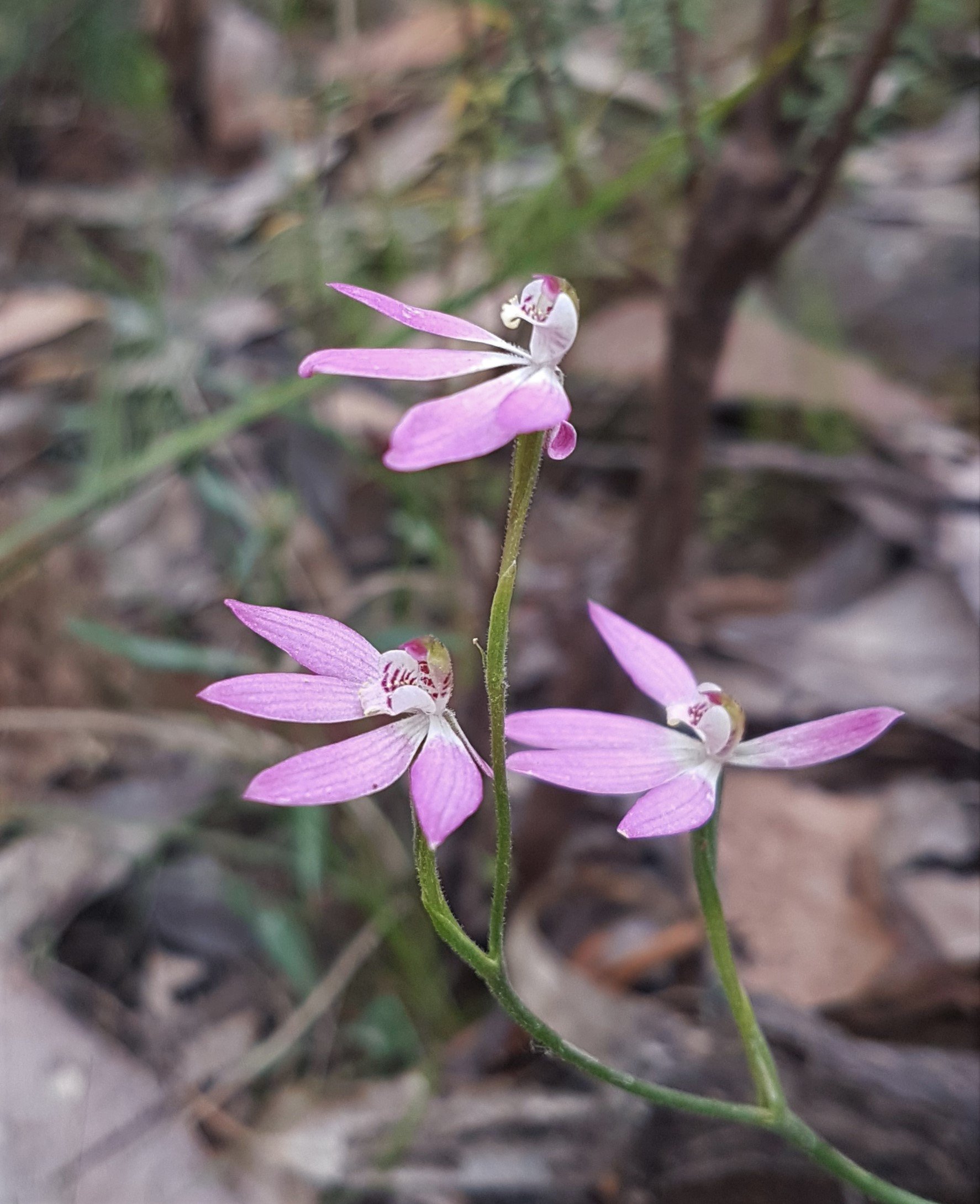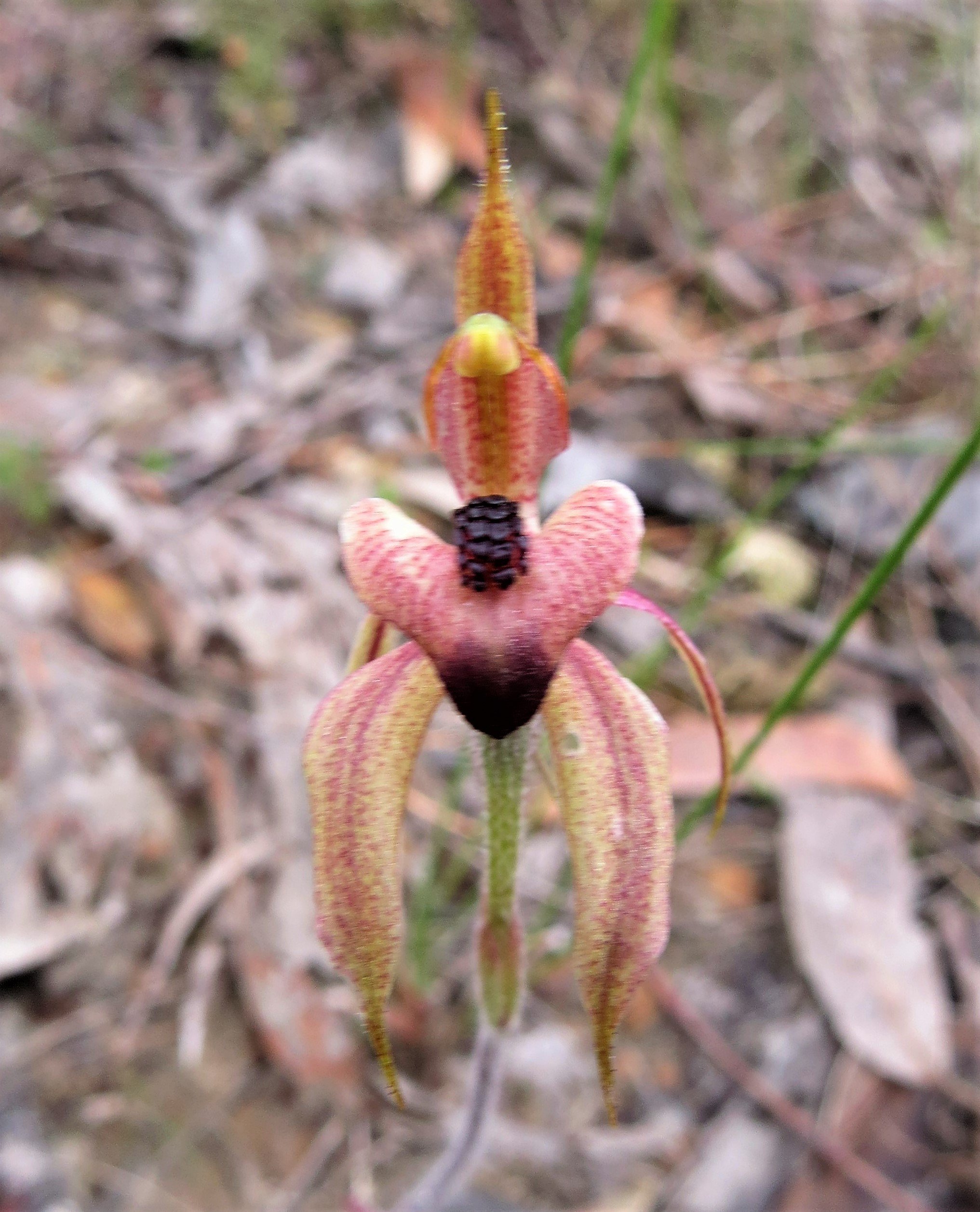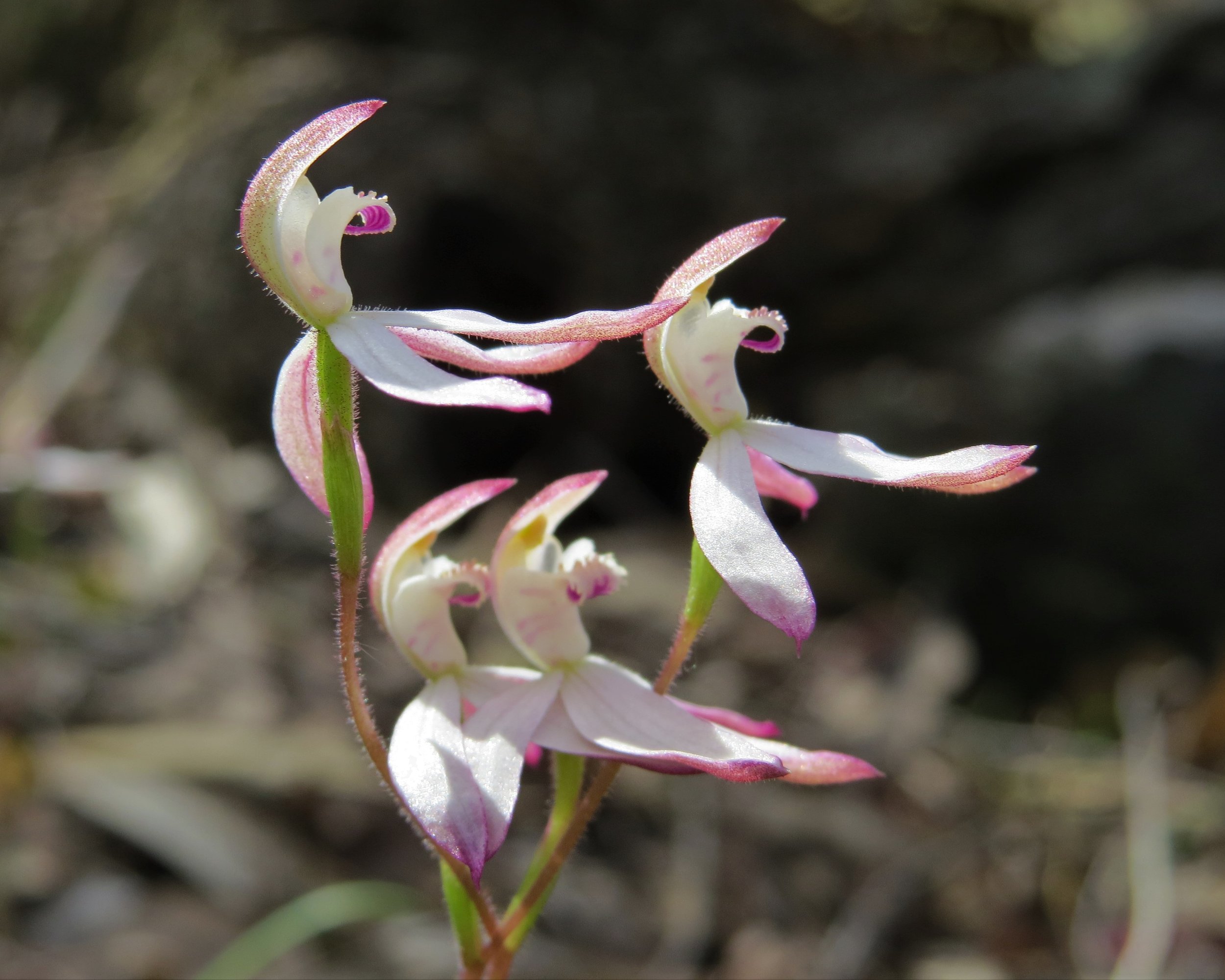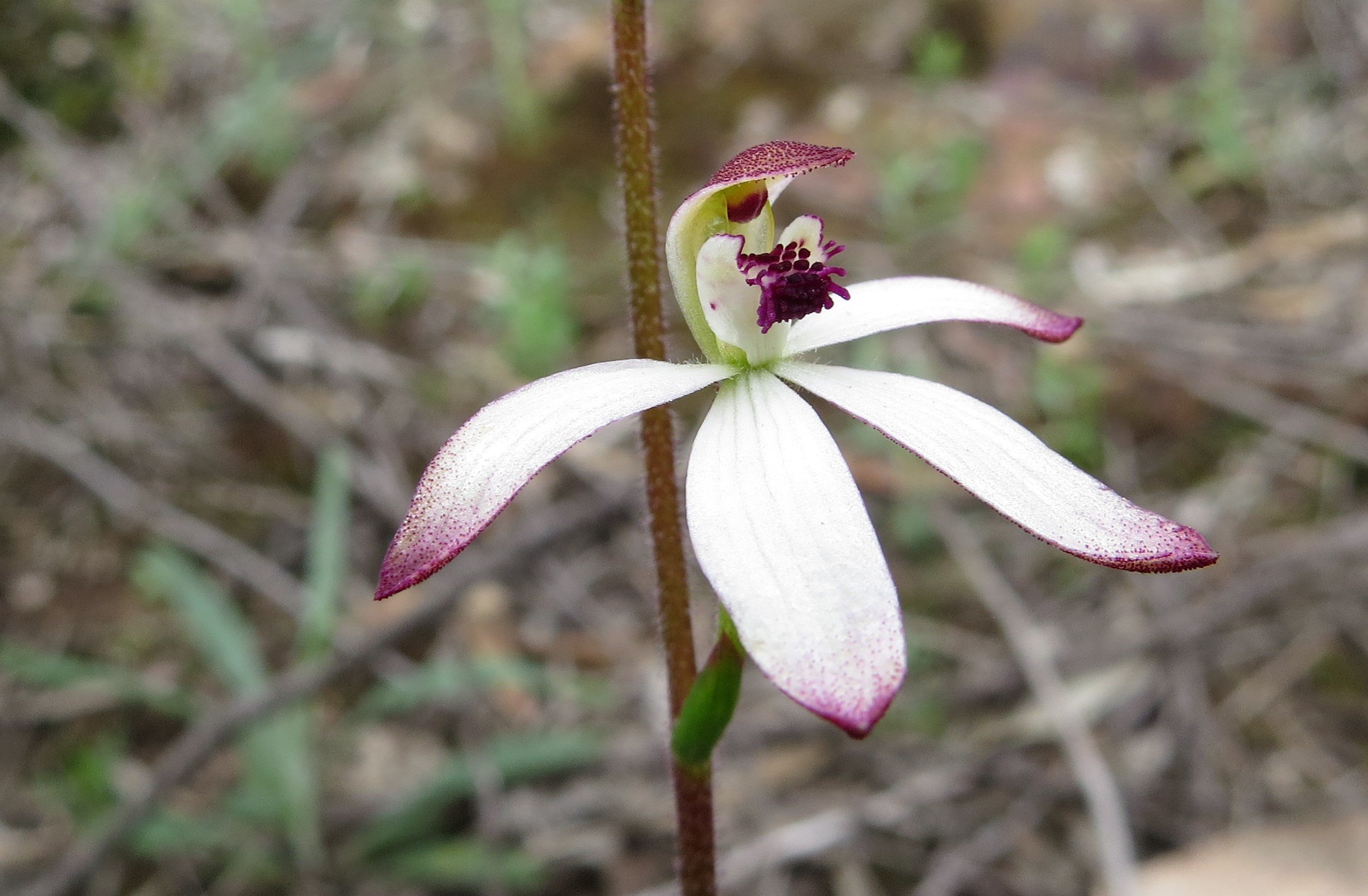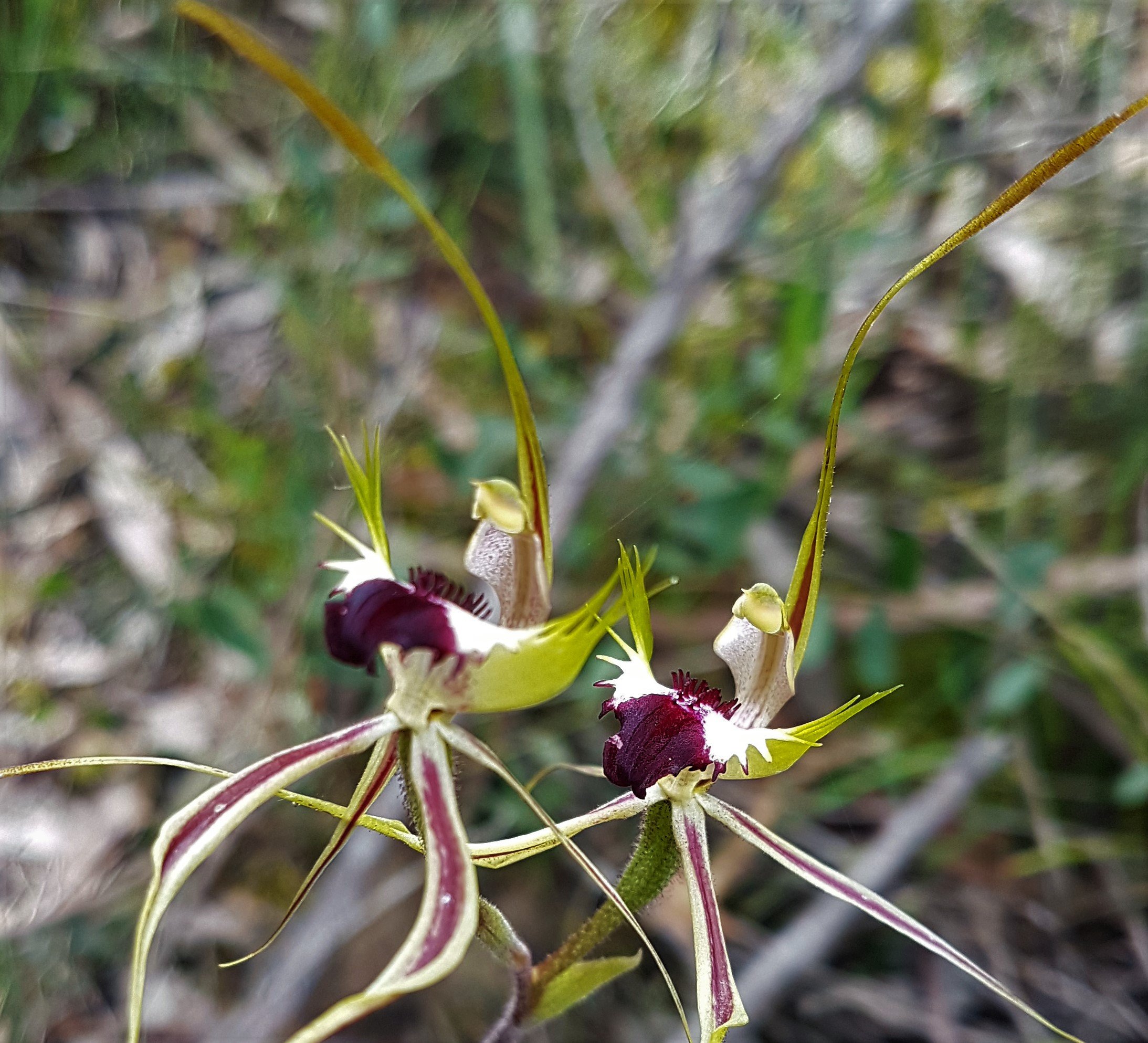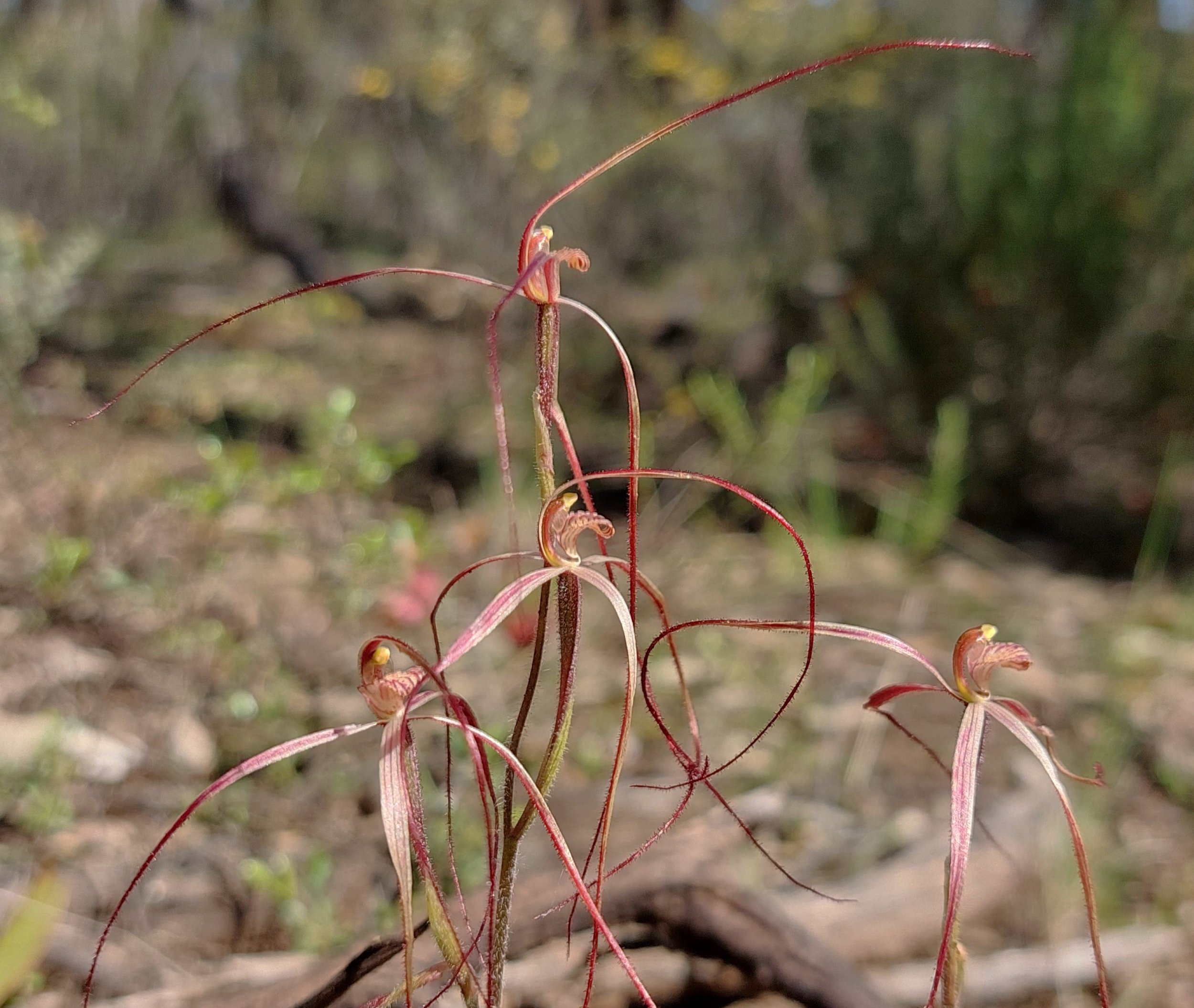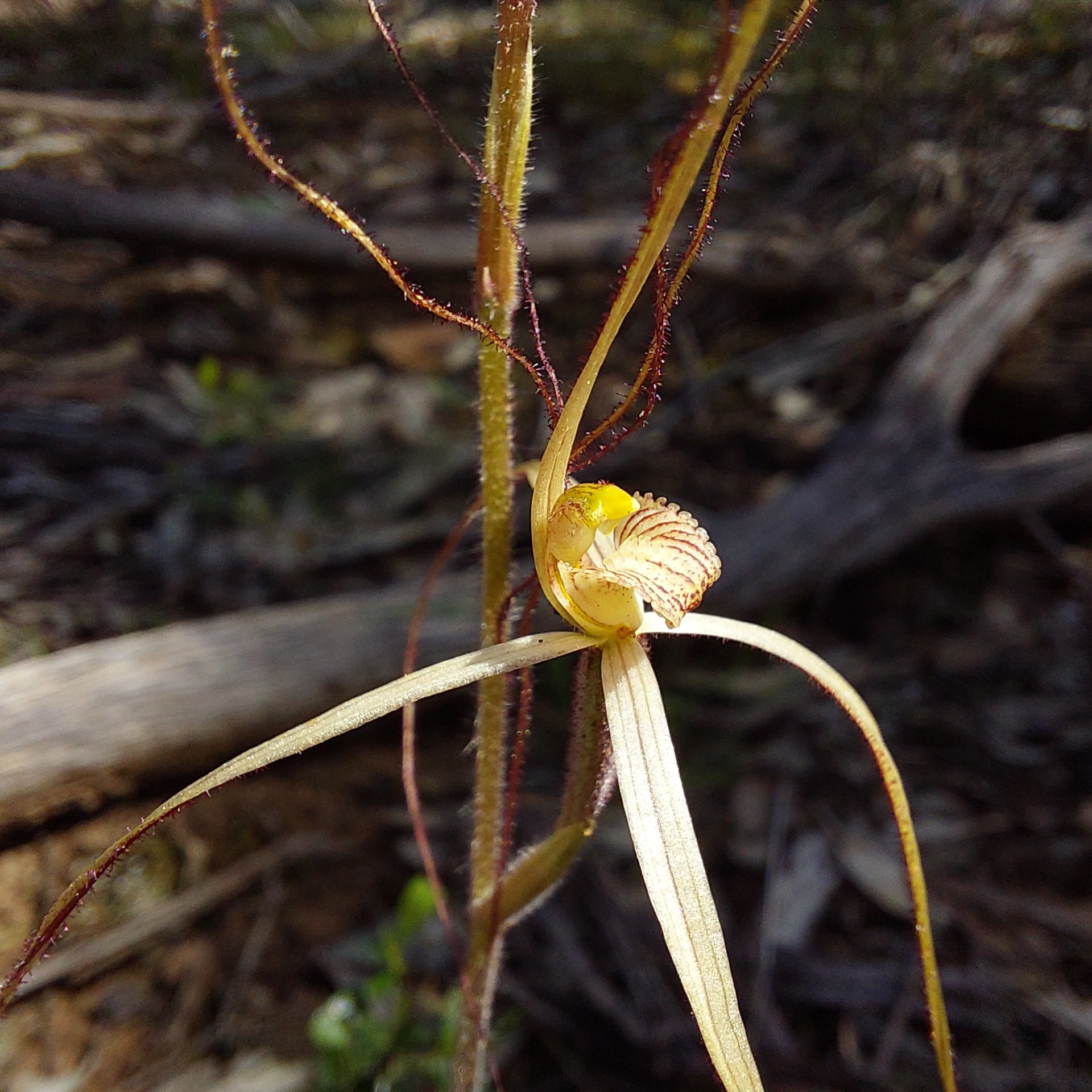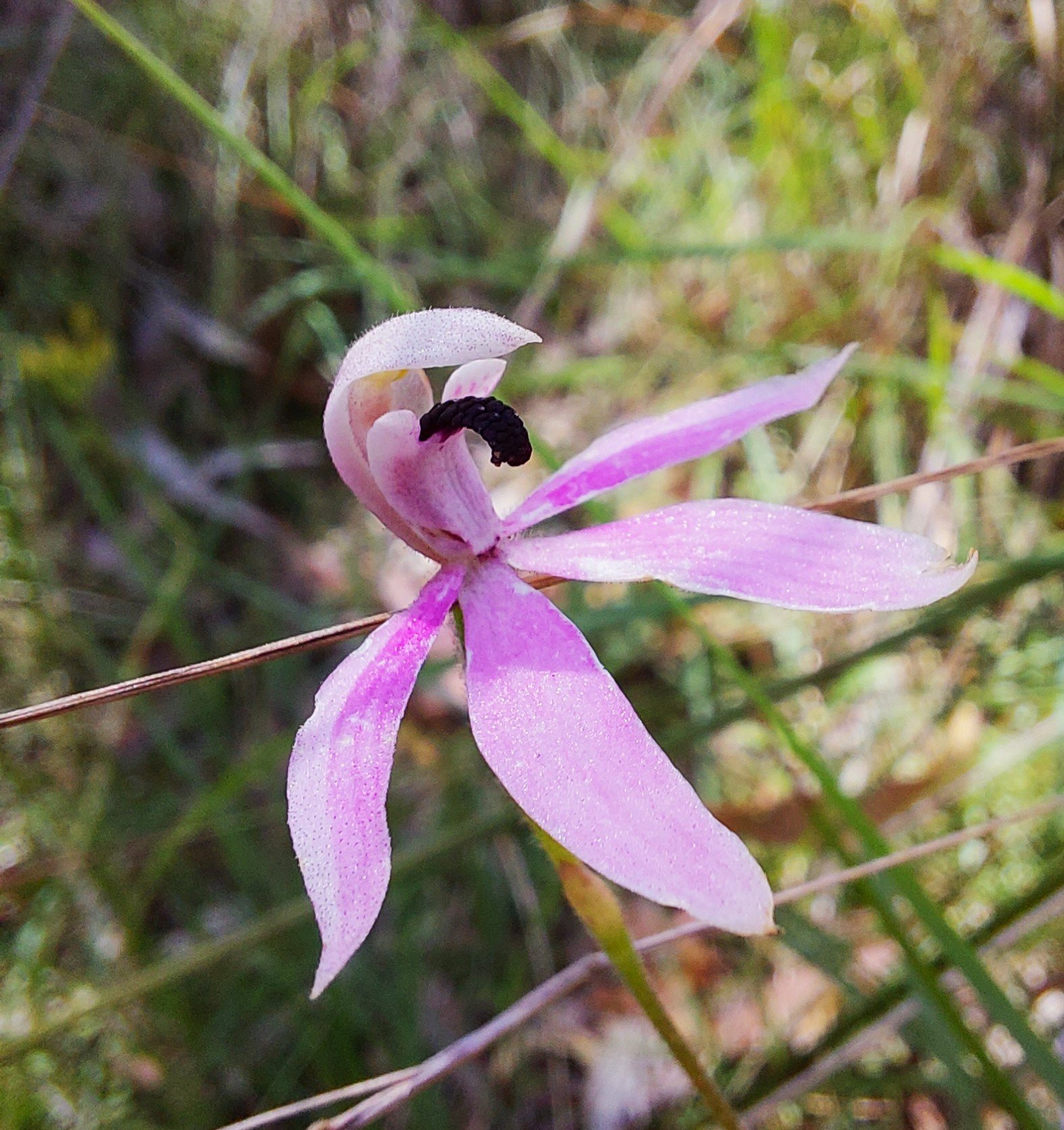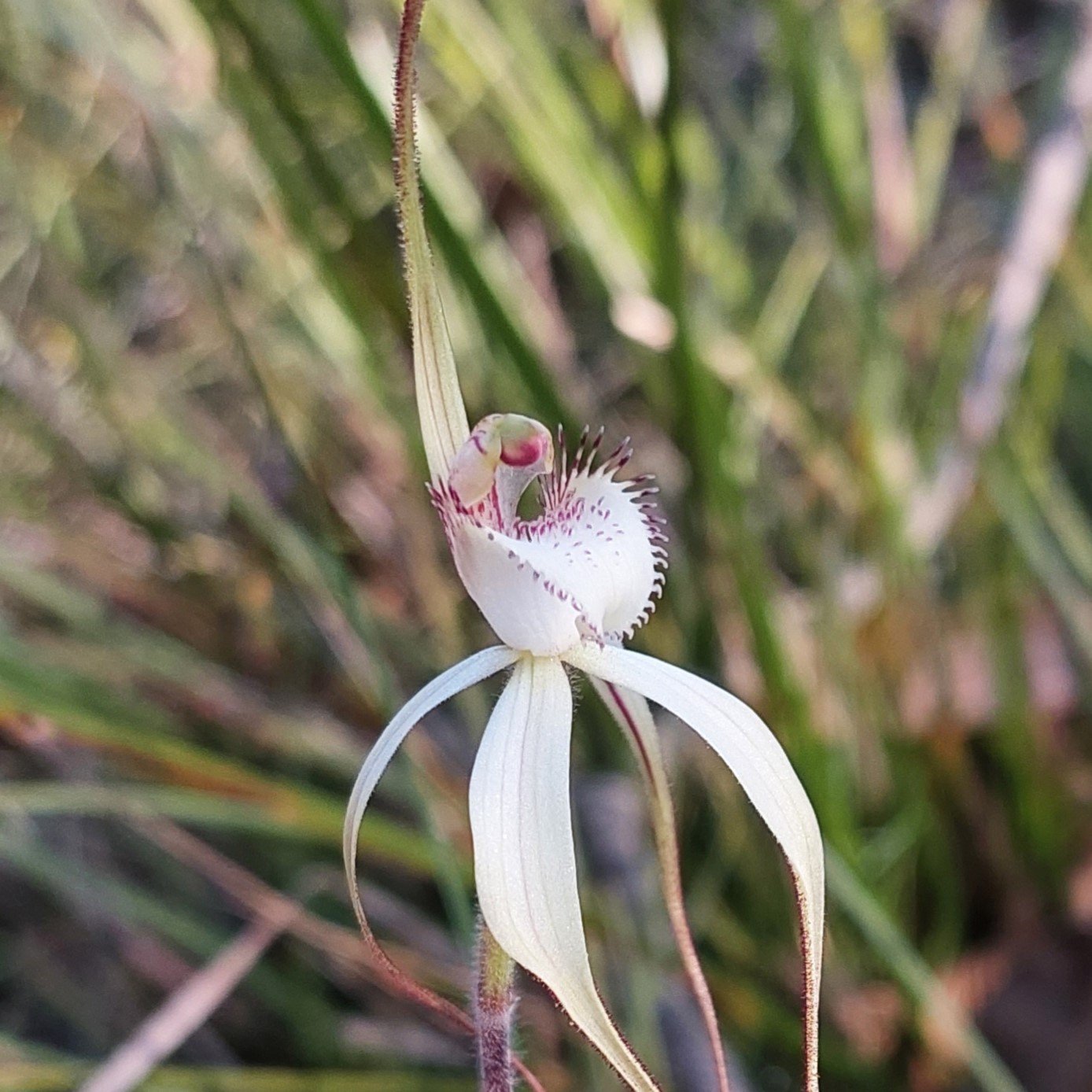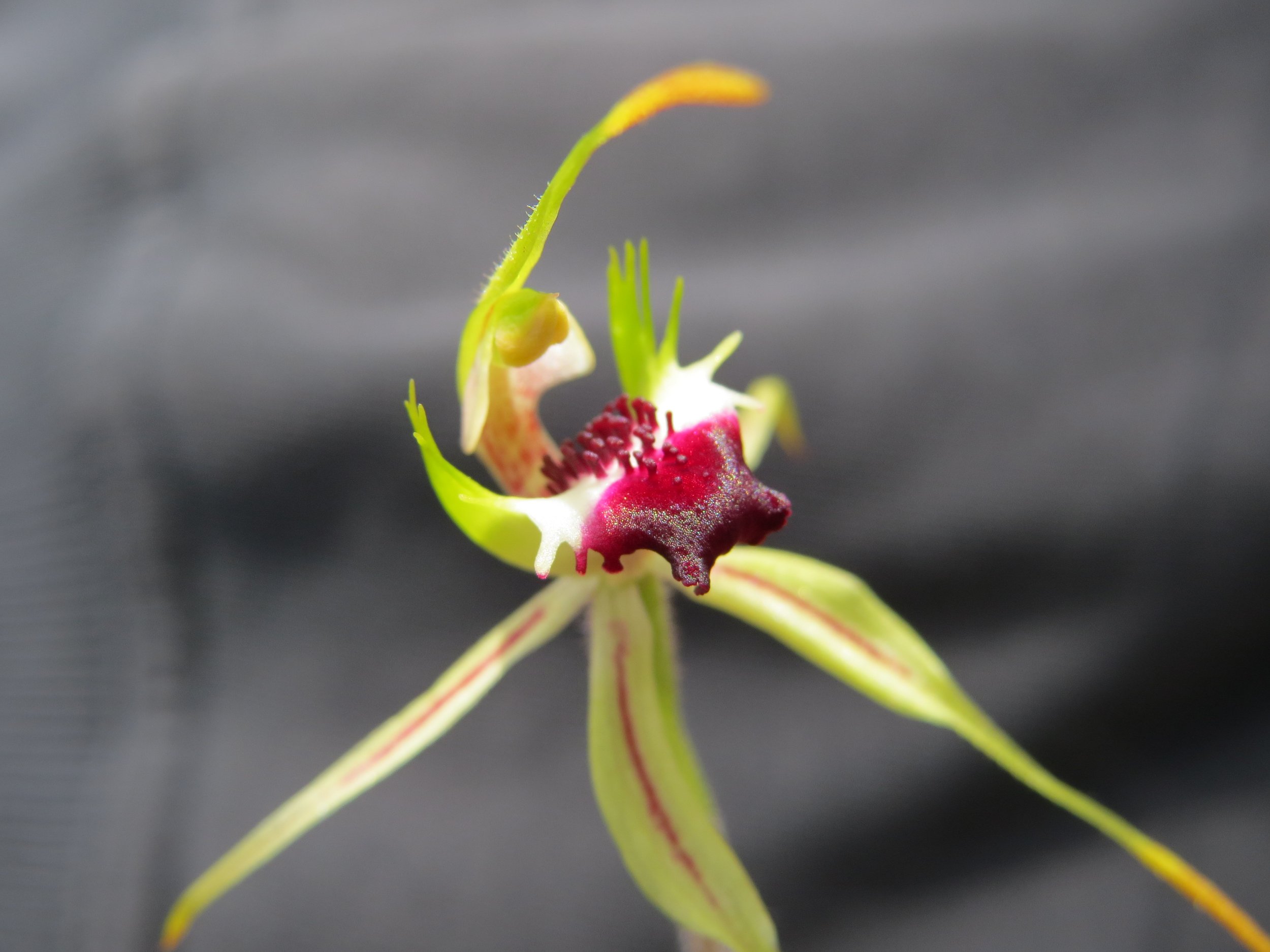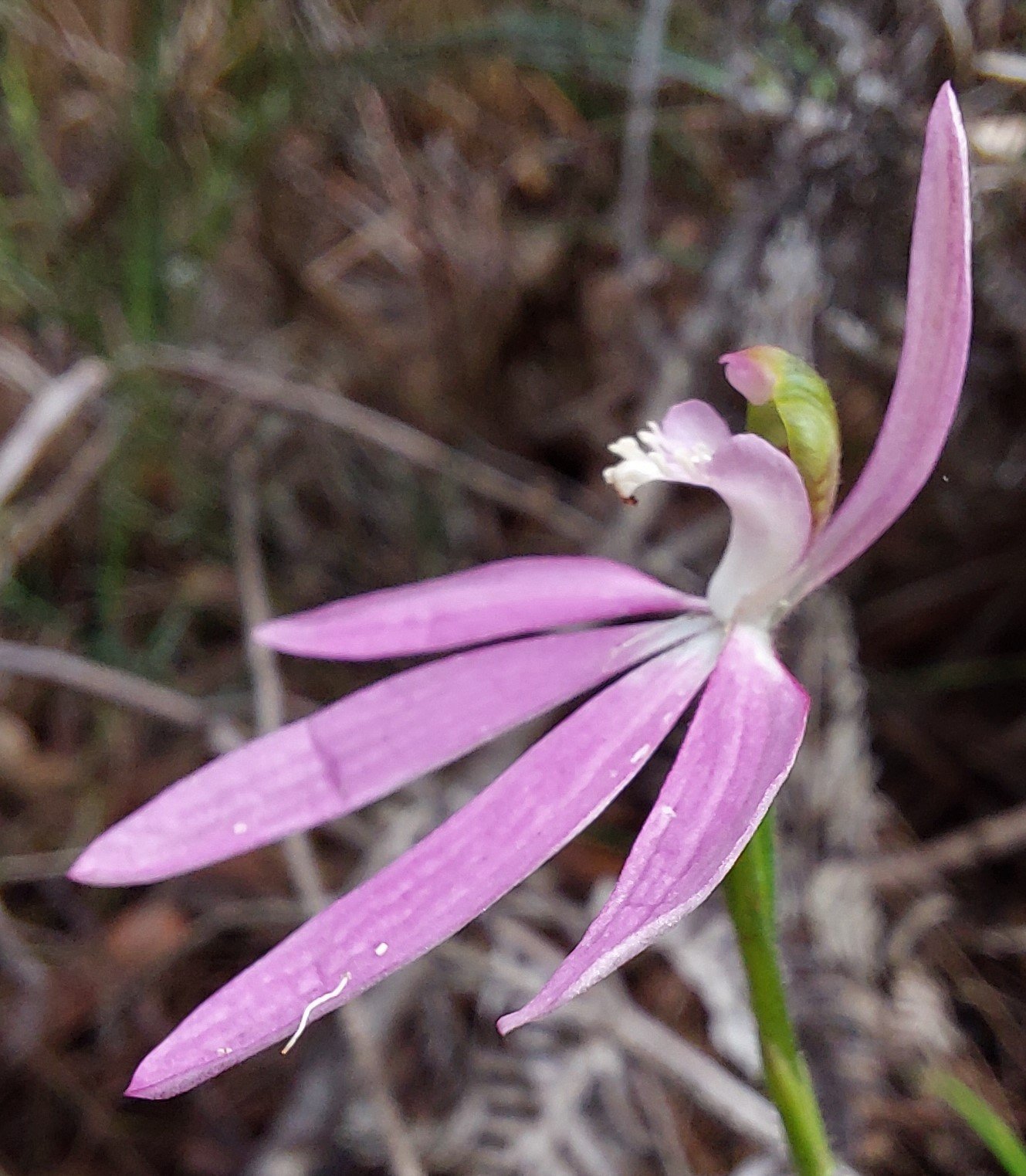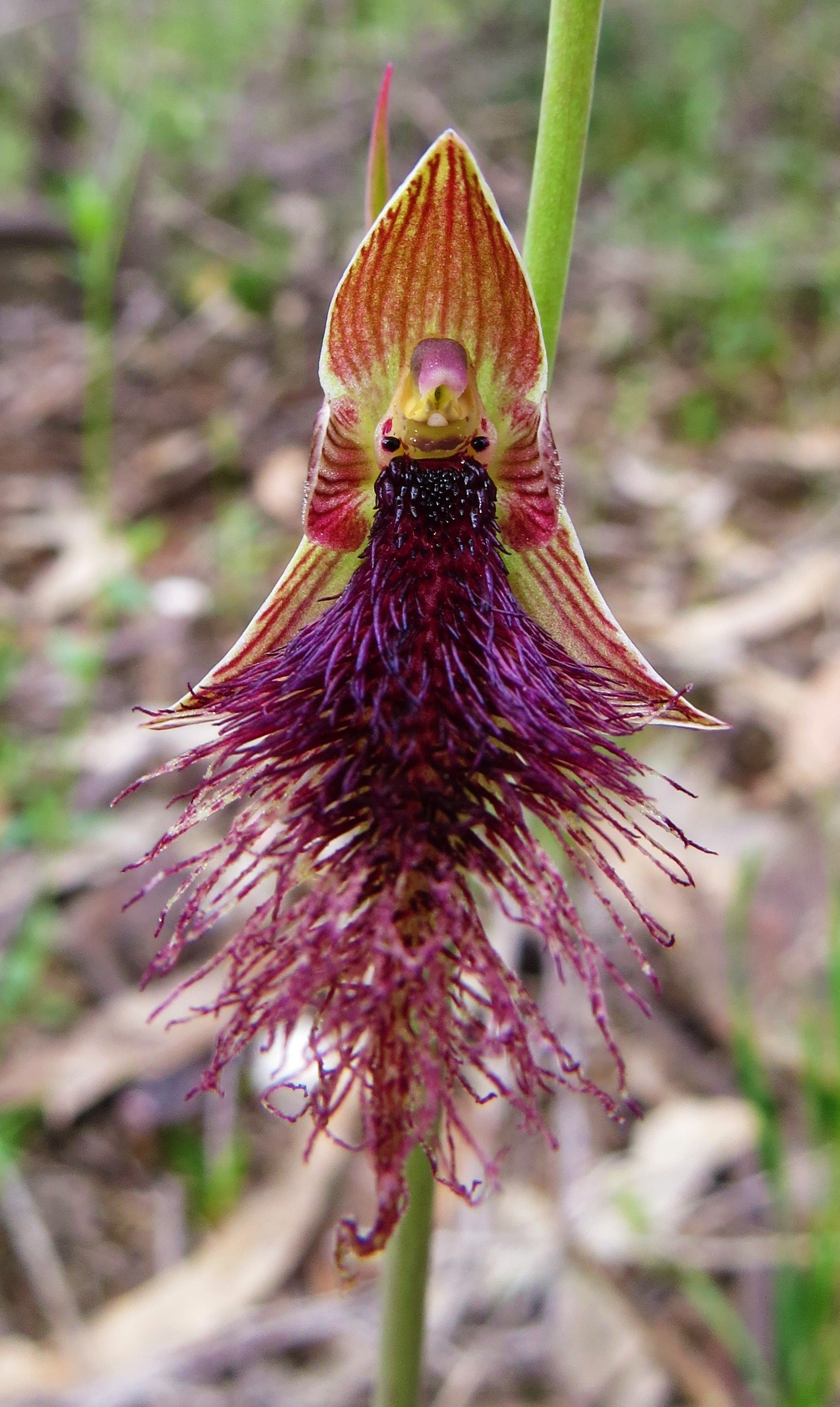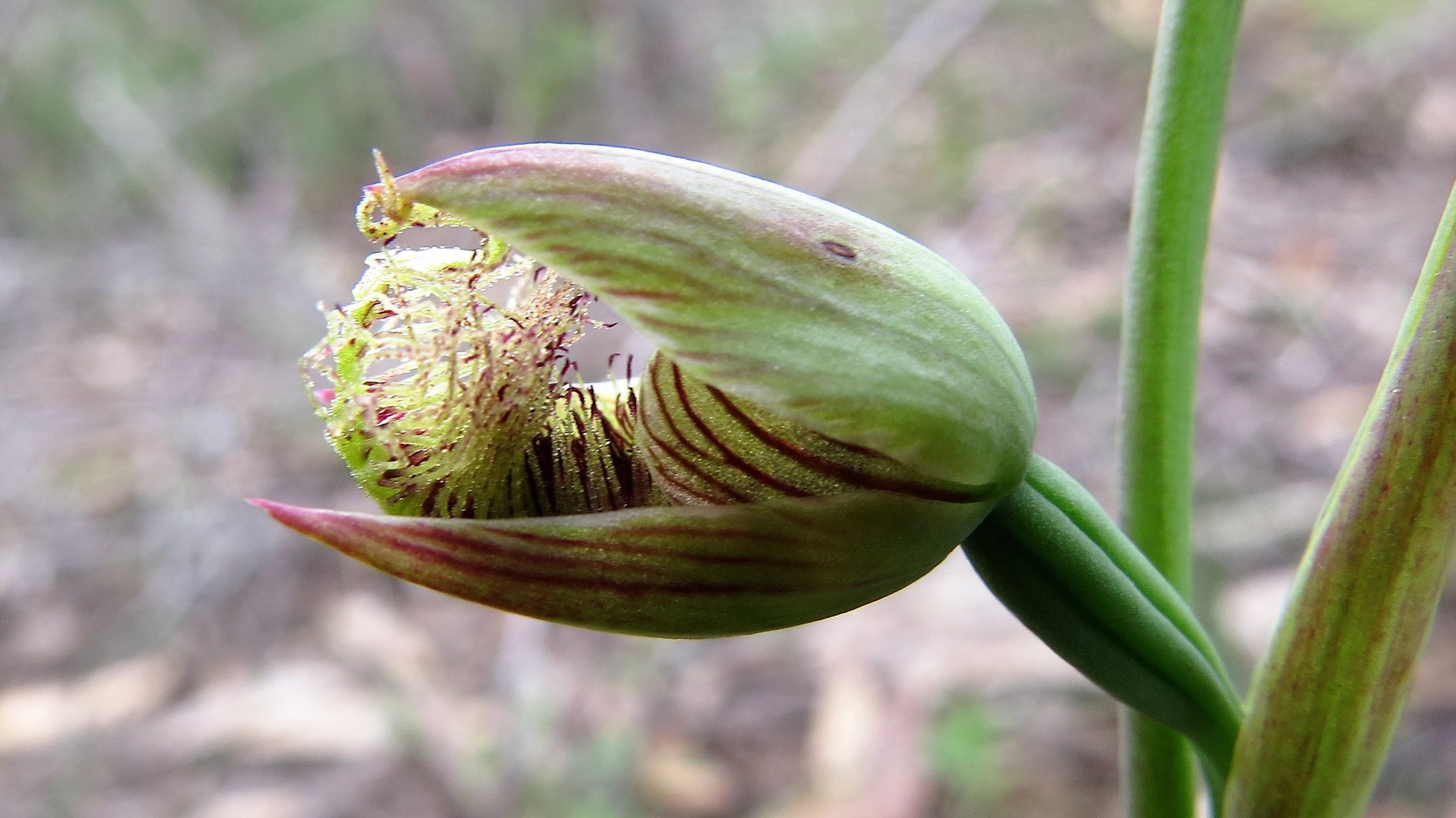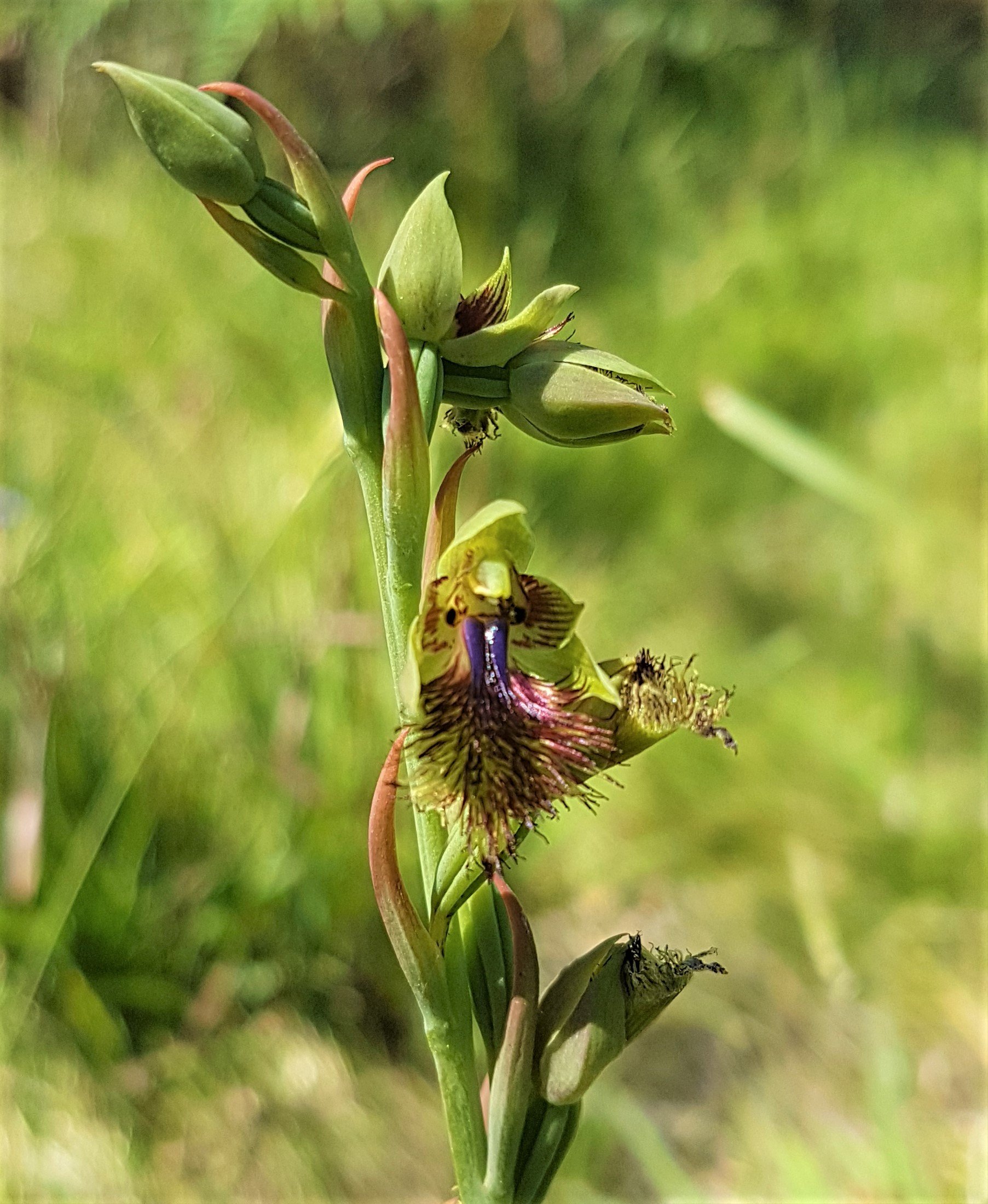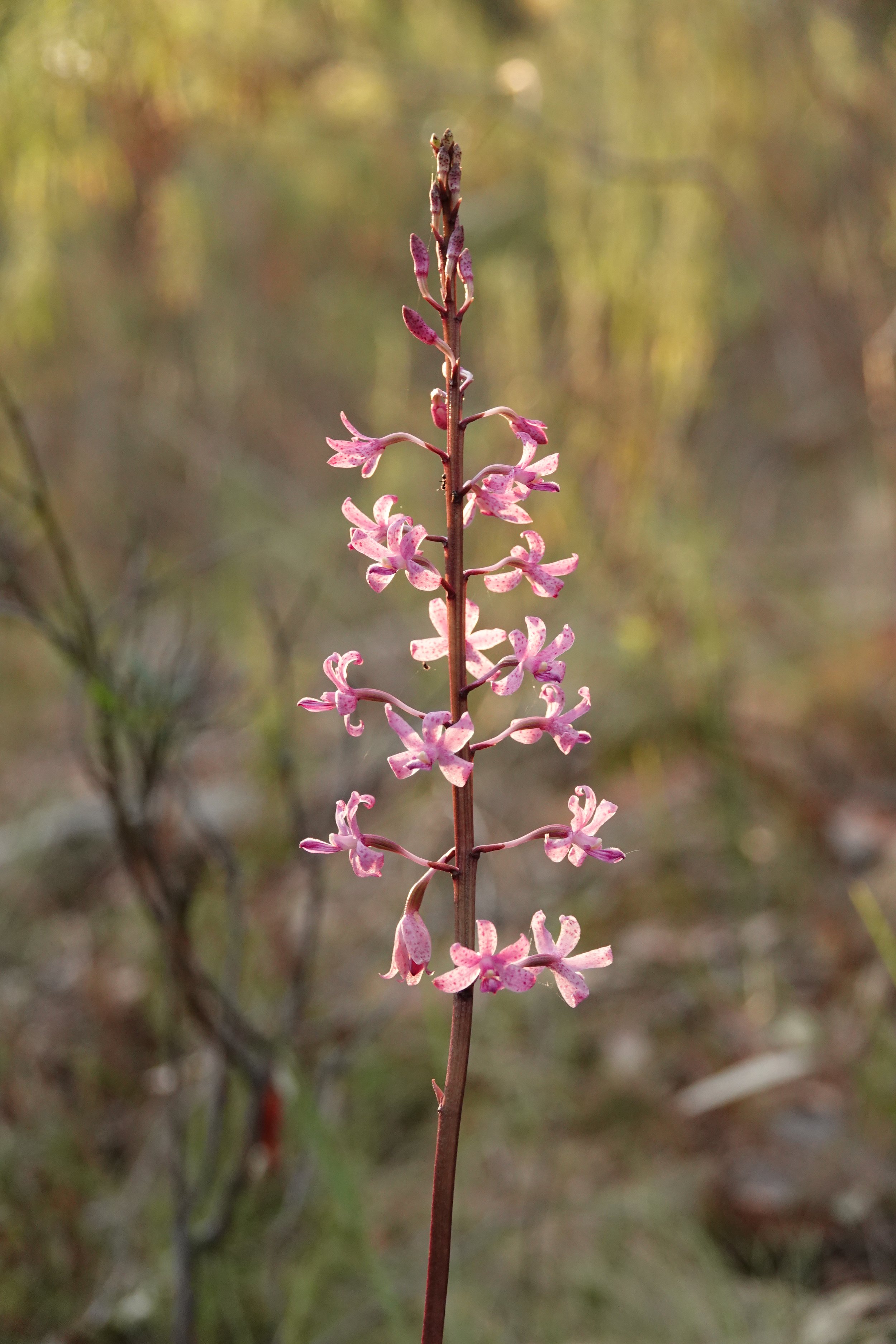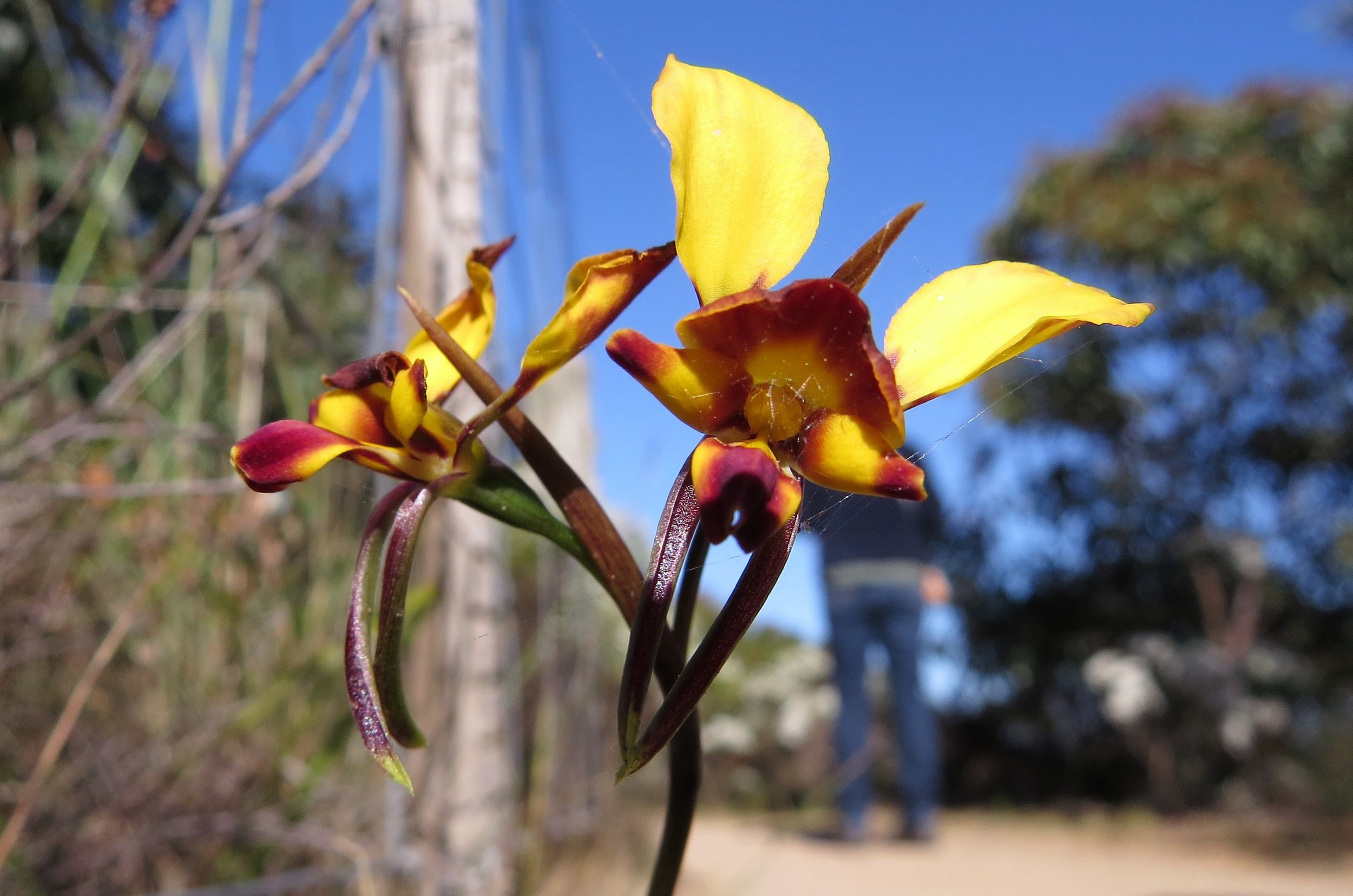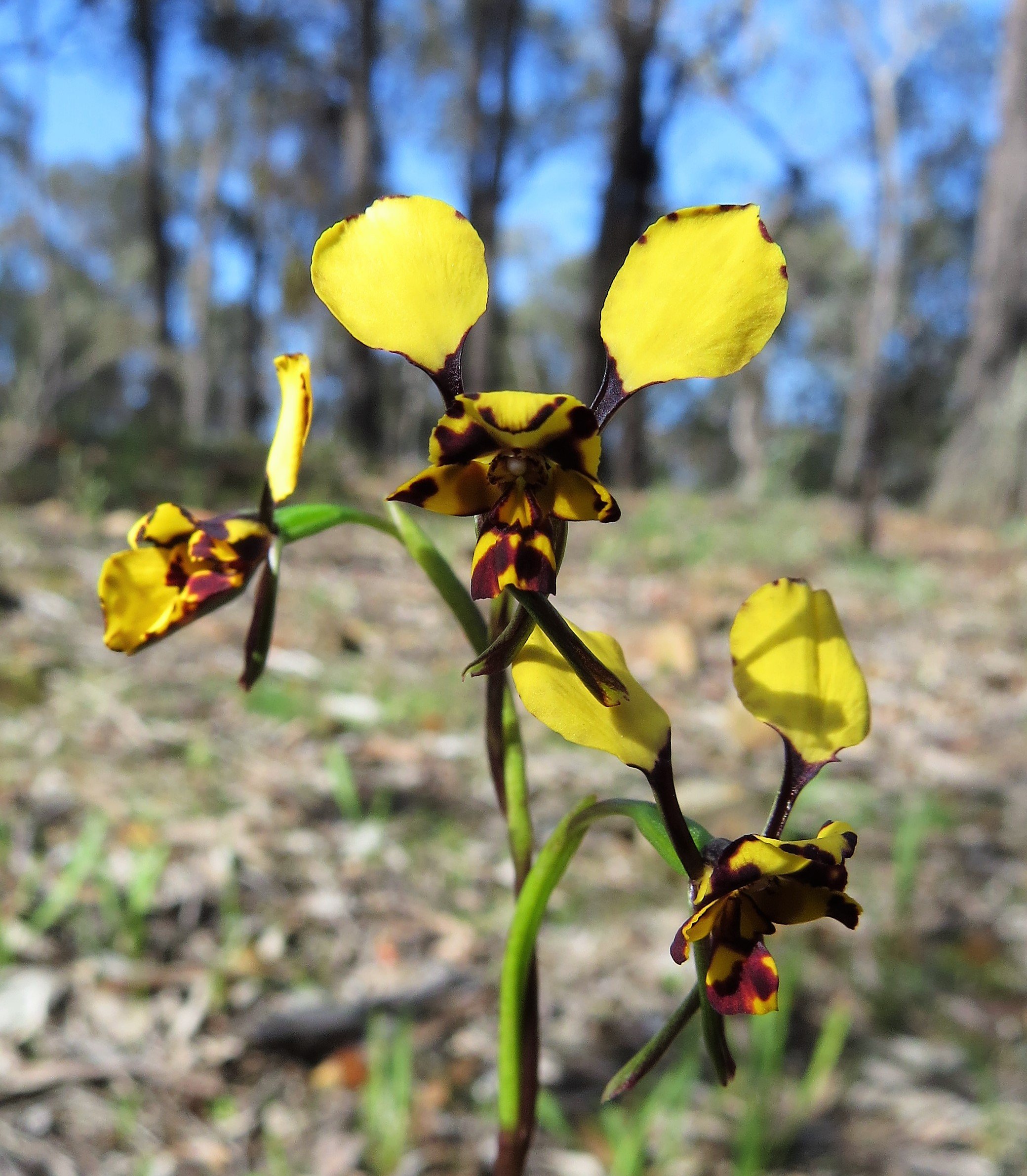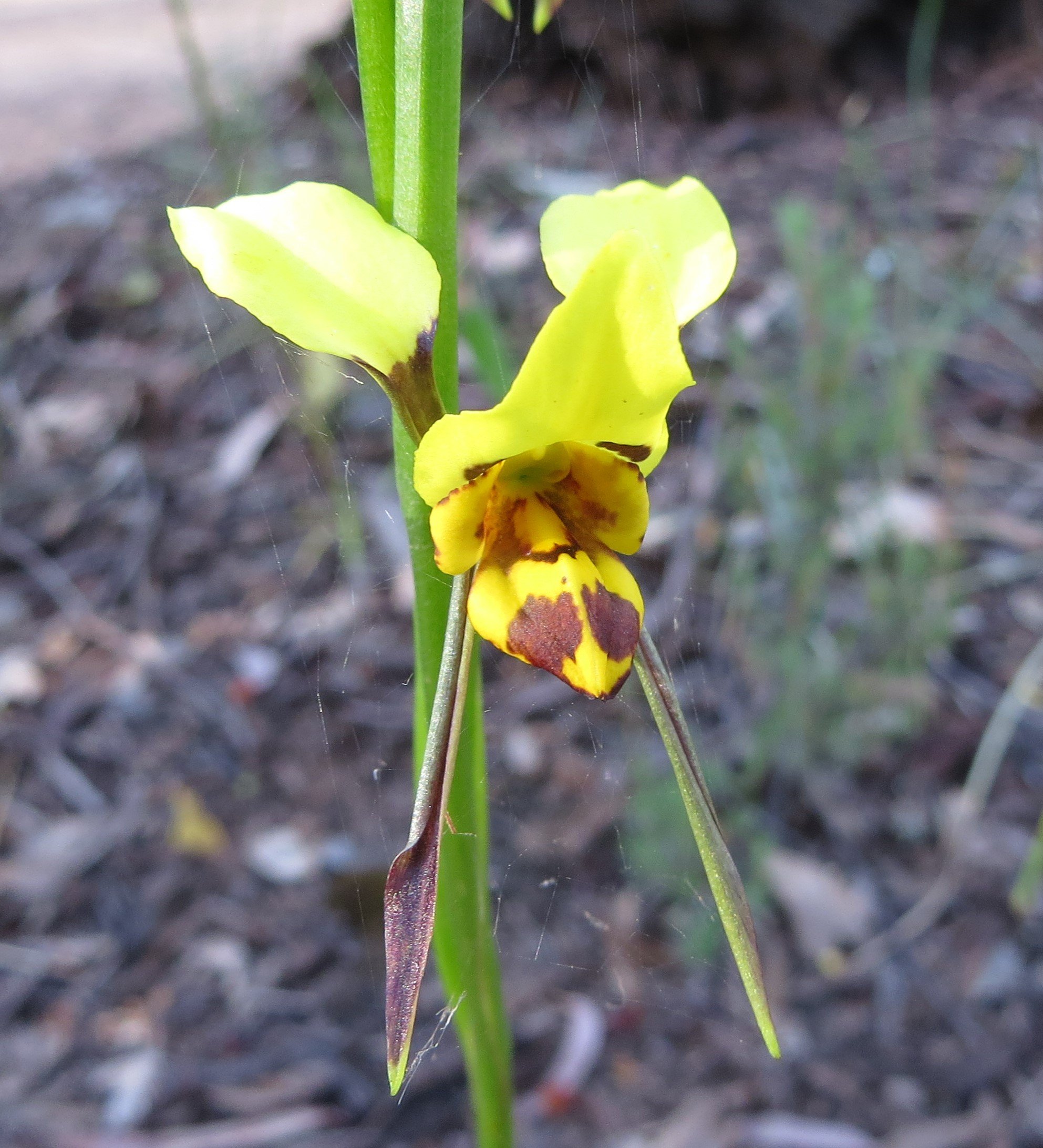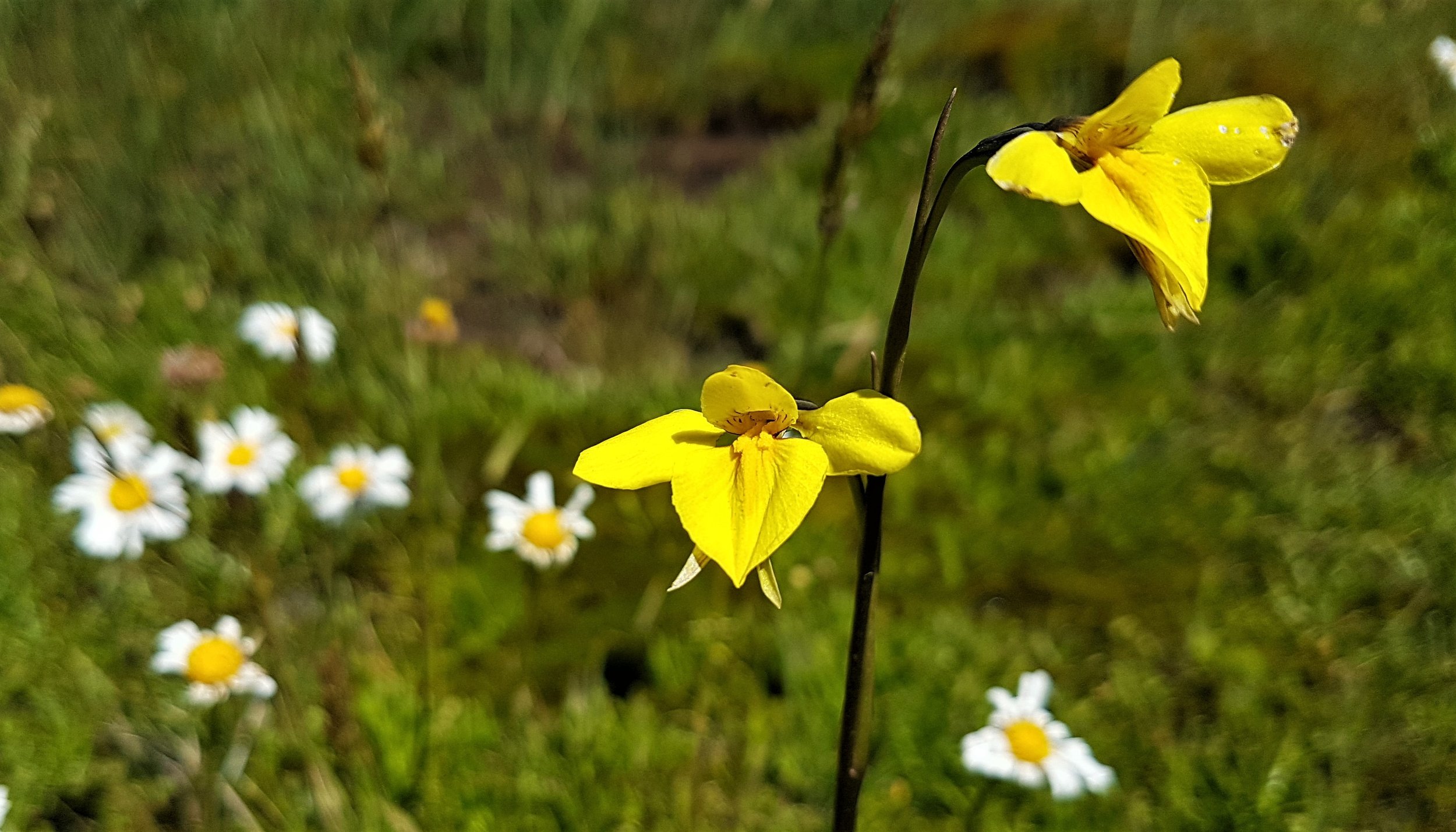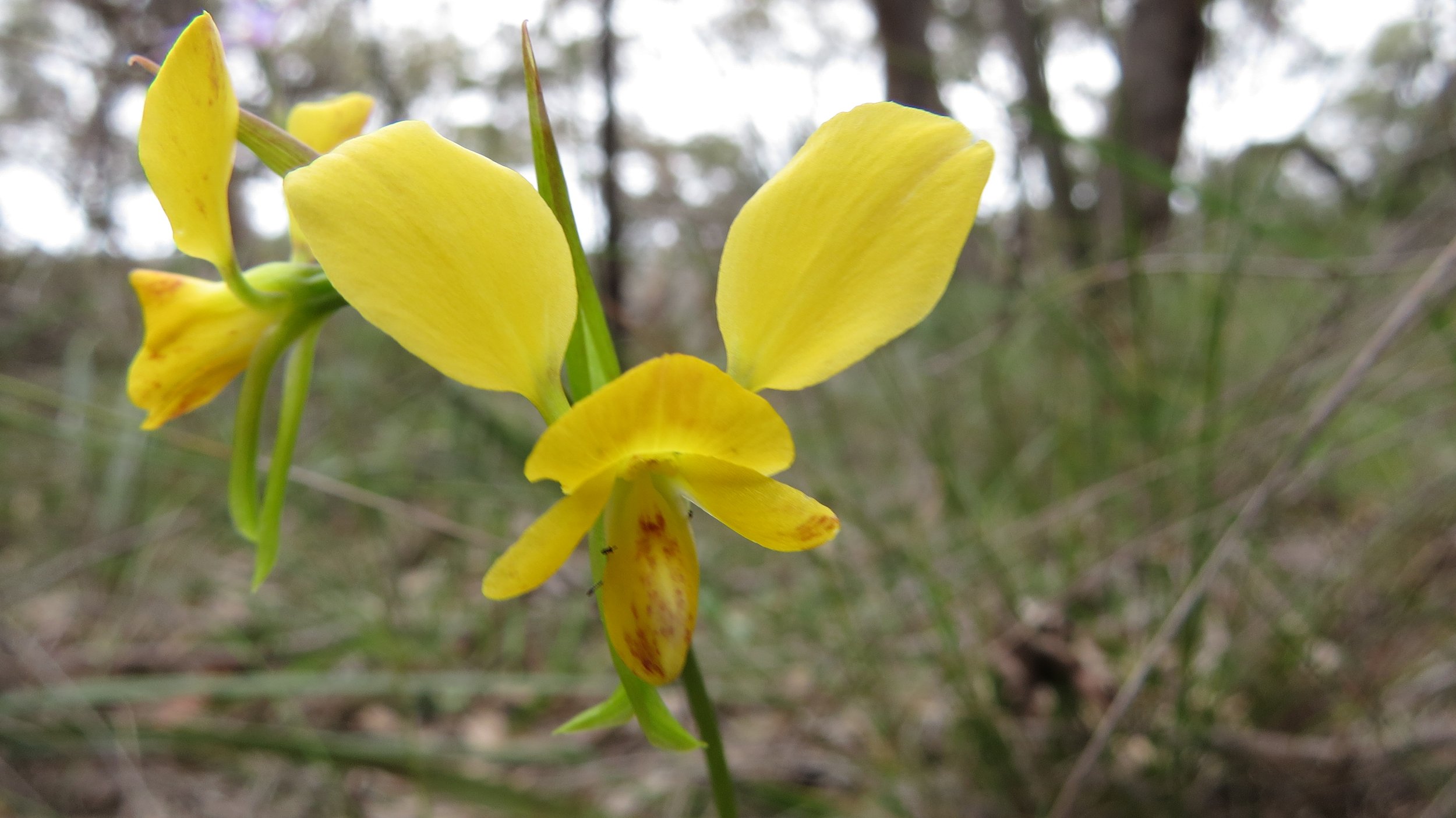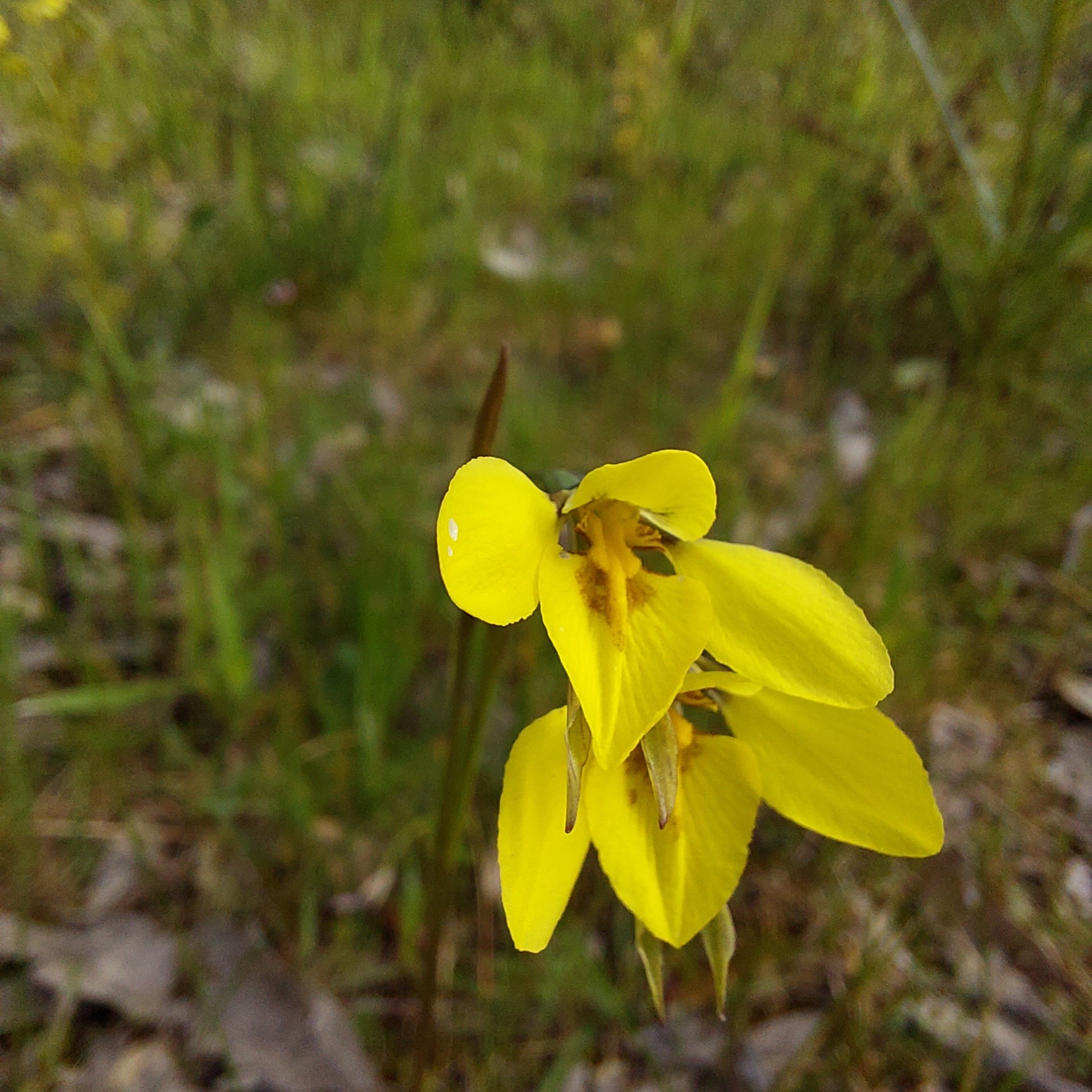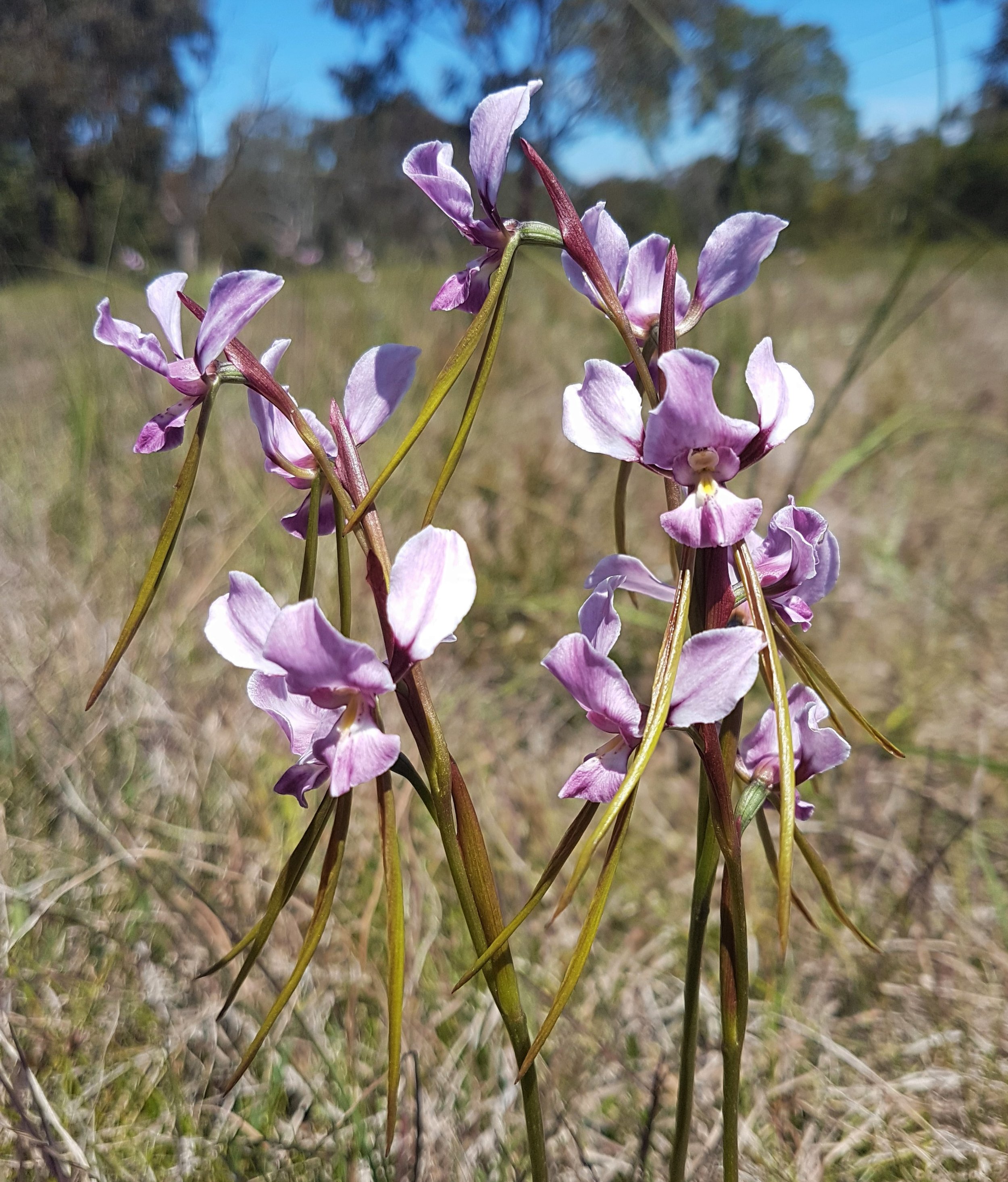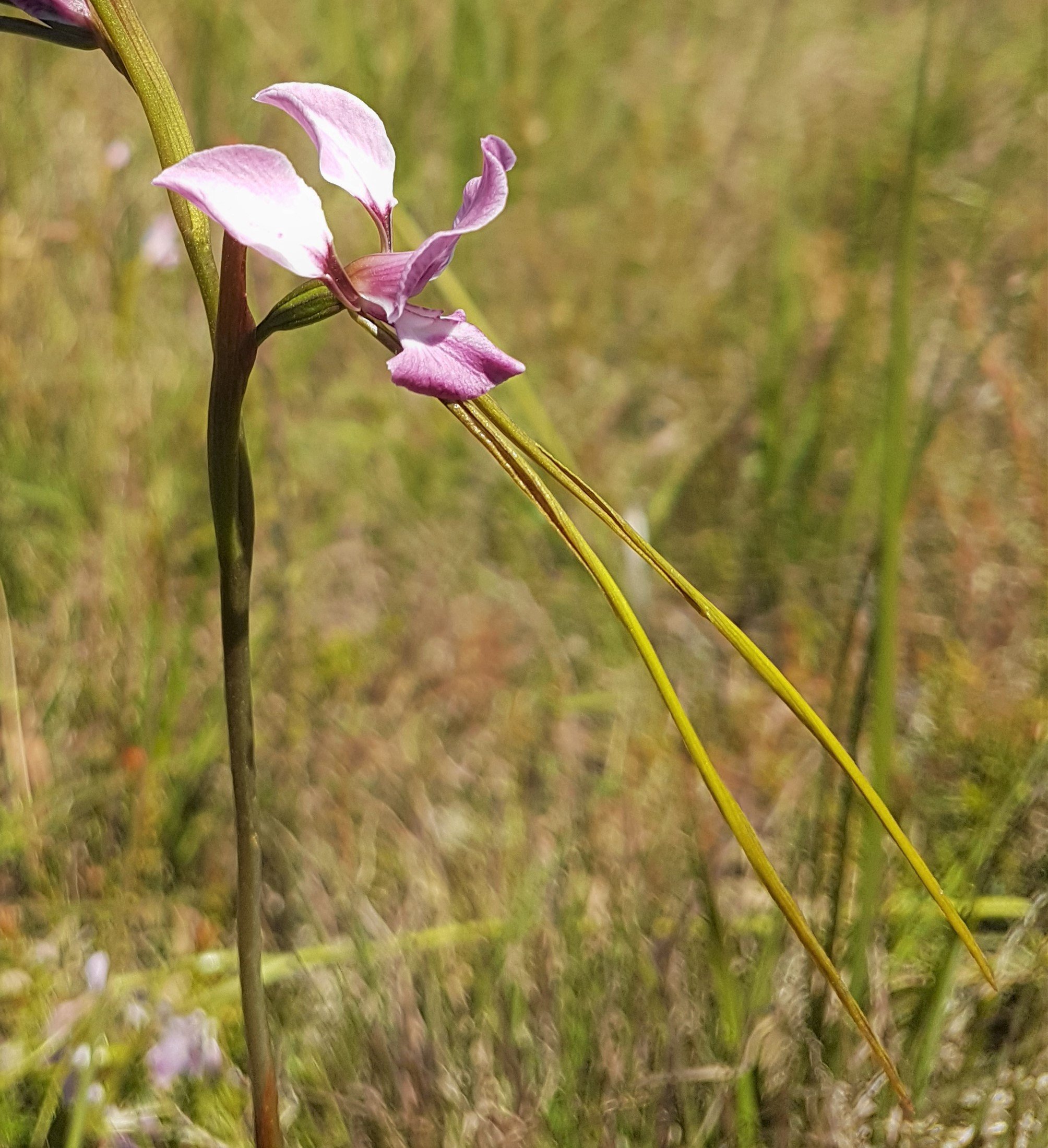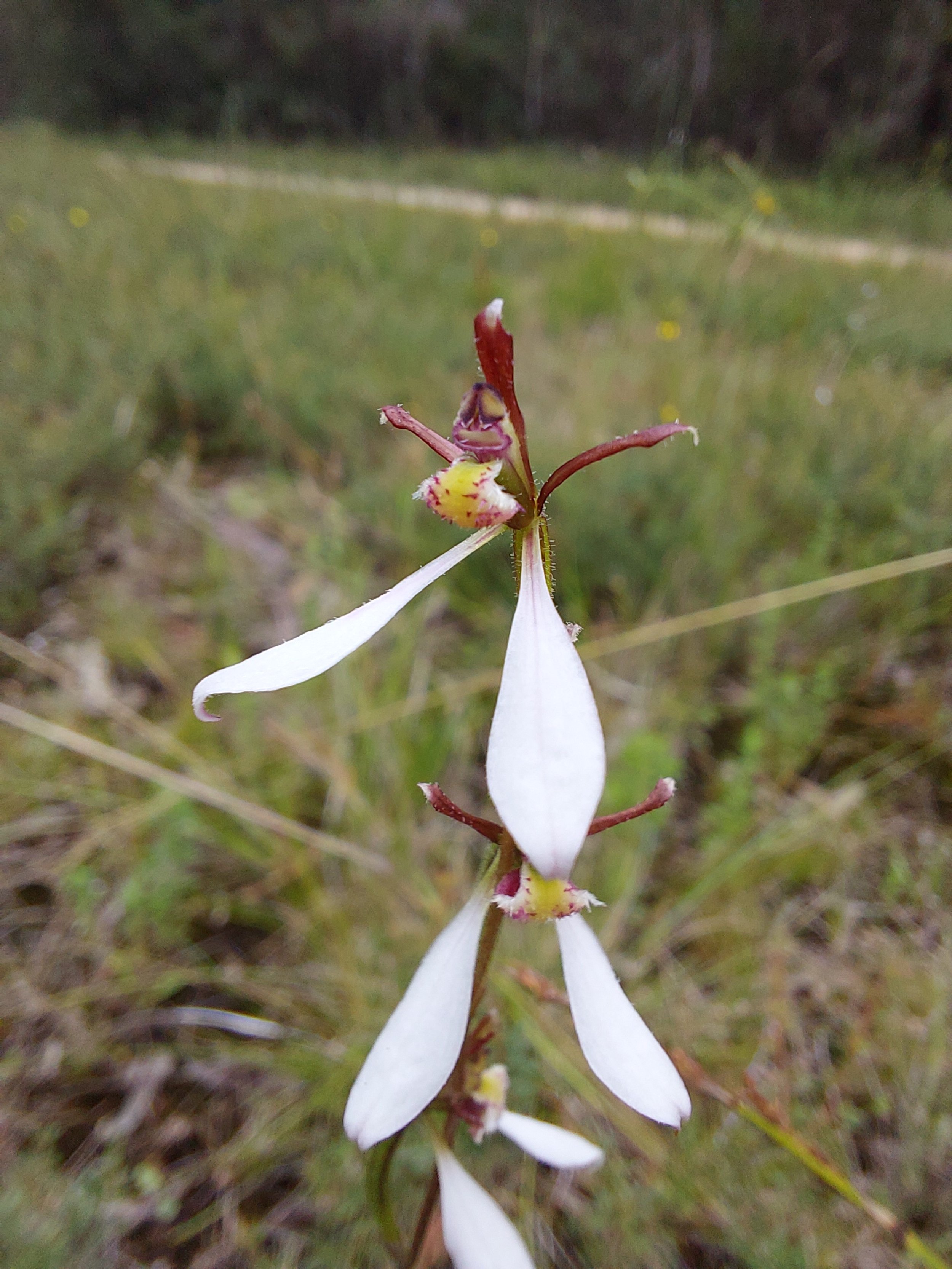UNDER CONSTRUCTION
Victoria’s habitat diversity is also reflected in it’s orchid flora with at least 447 (381 formally named, and 66 unnamed) species (in 29 genera) occurring here. So with just 3% of Australia’s land mass Victoria has 22% of Australia’s estimated 2,000 species. Victoria is one of the world’s richest areas for temperate terrestrial orchids.
72% of Victoria’s orchids are within just 4 genera - Pterostylis (Greenhoods) 102 species, Caladenia (Spider Orchids) 100 species, Prasophyllum (Leek orchids) 76 species and Thelmitra (Sun Orchids) 45 species. Only 5 species are epipyhytes, all the rest are rooted in the ground (terrestrial) The Guide to the Native Orchids of Victoria by Gary N. Backhouse (CSIRO publishing) is invaluable if trying to identify this wonderful group of plants
Remarkably 43% of the states orchids are either endemic or near endemic.
All orchids have a complex relationship with mycorrhizal fungi and some genera are even leafless, without chlorophyll, and so completely dependant on fungi for their nutrition.
Most of our orchids rely on seed to multiply Whilst some do produce nectar to attract insects to pollinate them, the majority of Victoria’s orchids do not have any food reward and rely on deception to attract pollinators. Food deception occurs by orchids visually mimicking other nectar or pollen producing plants. whilst sexual deception is where an orchid mimics the scent and appearance of a female insect, to which the male insect is attracted
The extraordinary Mantis Orchid, Caladenia Tentaculata
With our Mediterranean climate, the majority of our orchids die back and become dormant in the dry of summer, commence growing with autumn rains and flower in the spring. There are however orchids flowering somewhere in the state nearly all year around, but August to November is the peak flowering period. Some are tiny, most are small, a few are large and showy, all are intricate and intriguing !! See below for a selection of the more frequently seen species
Genus Caladenia
The photos below give an idea on the wide variety of colours and forms found in the genus Caladenia. Some, like the first image are common and widespread, others like the 12th image “Angahook Fingers” are only known from one site in the world
Genus Caleana - Duck Orchids
Of the 20 species found in Australia and New Zealand, 3 occur in Victoria. Their small size and dark colour make them hard to spot. The flower snaps shut when triggered, trapping the unsuspecting insect inside to assist with pollination
Caleana major - Large Duck Orchid
Genus Calochilus - Bearded Orchids
Purple Beard and Copper Beard Orchid pictured here, a few other less common species are to be found also
Genus Corybas - Helmet Orchids
These inconspicuous orchids can refuse to flower from year to year, when just their leaves are evident. One of 11 Corybas species found in Victoria, most are in southern Victoria, and can easily go unnoticed
Corybas incurvus - Slaty Helmet Orchid
Genus Dipodium - Hyacinth Orchids
Victoria’s Dipodium sp are all leafless orchids growing in association with fungi in the soil amongst eucalypt trees. They flower in summer and are some of our largest orchids reaching 1 metre high.
Genus Diuris - Donkey orchids
Around 24 species of Diuris orchid are found in Victoria. Pollination is achieved by pure deception with the flowers resembling yellow flowered bush peas and mauve flowered irises
Genus Eriochilus - Bunny Orchids
Just two species found in Victoria, the commonest being Parsons Bands or Eastern Bunny Orchid, which flowers in late summer and autumn
Genus Leporella - the Fringed Hare Orchid
Leporella fimbriata is the only member of this genus. These tiny orchids growing in nutrient poor soils and benefit from a symbiotic relationship with mycorrhizal fungi in the soil to enable their growth and survival. When they flower in the autumn, their leaves are tiny, but grow larger later in the winter. They flower at this time because they have a clever way of being pollinated. Rather than having to produce energy intensive nectar, the flower morpology and the production of a pheromone type substance attracts the attention of the male Bullant "Myrmecia urens" which are winged and actively flying in the autumn.
Genus Lyperanthus - Brown Beaks
Only 3 species in this genus, and one in Victoria - lyperanthus suaveolans
